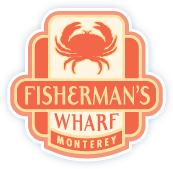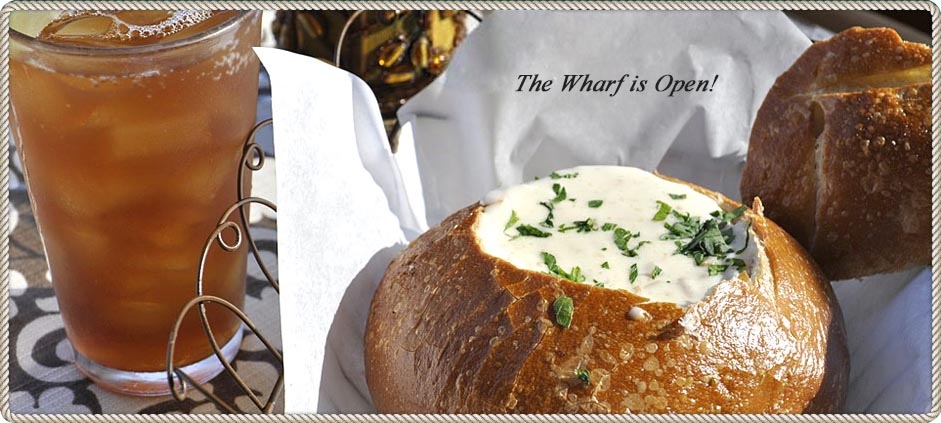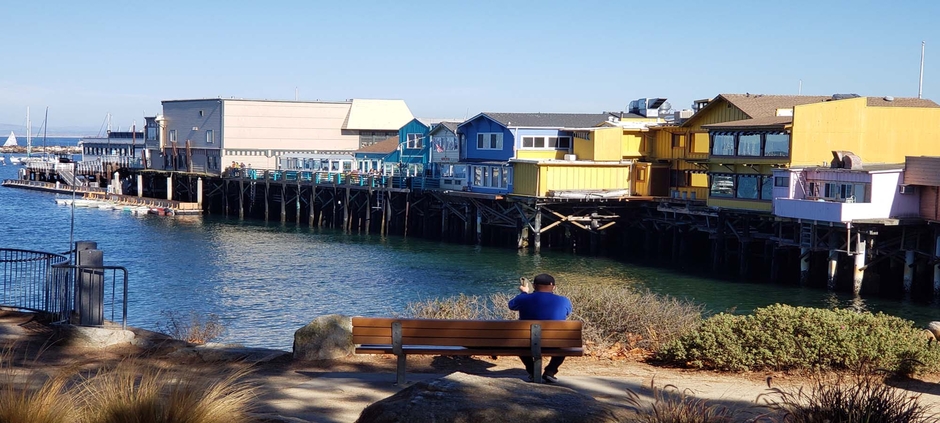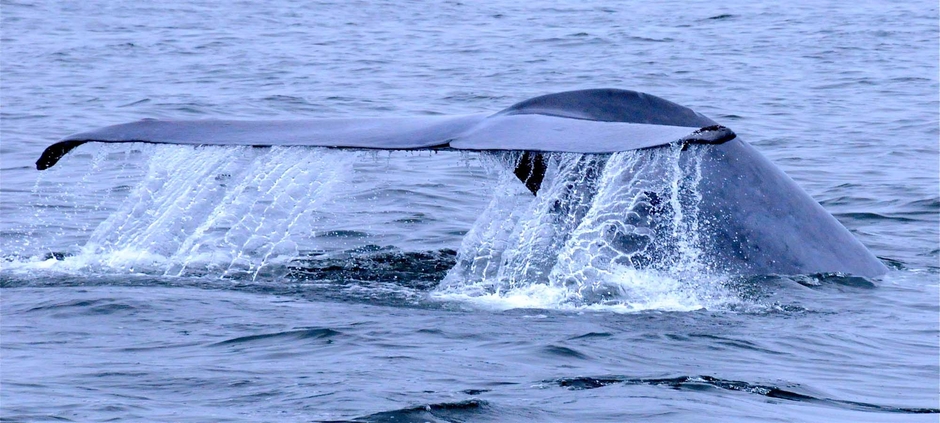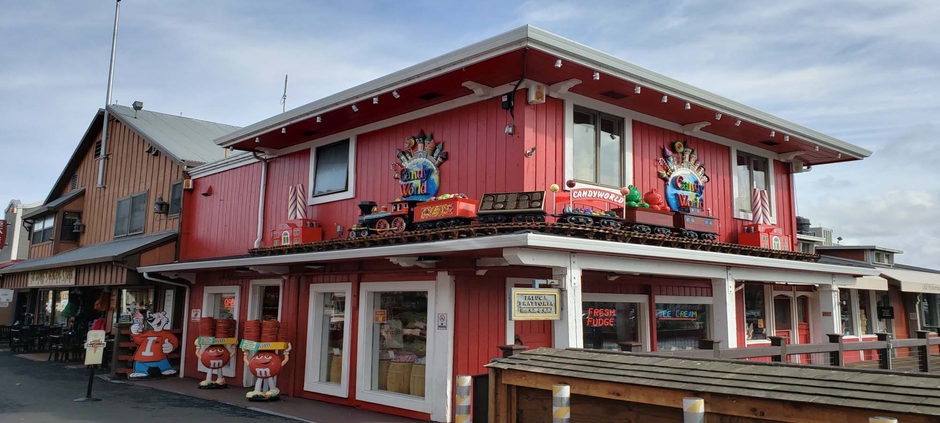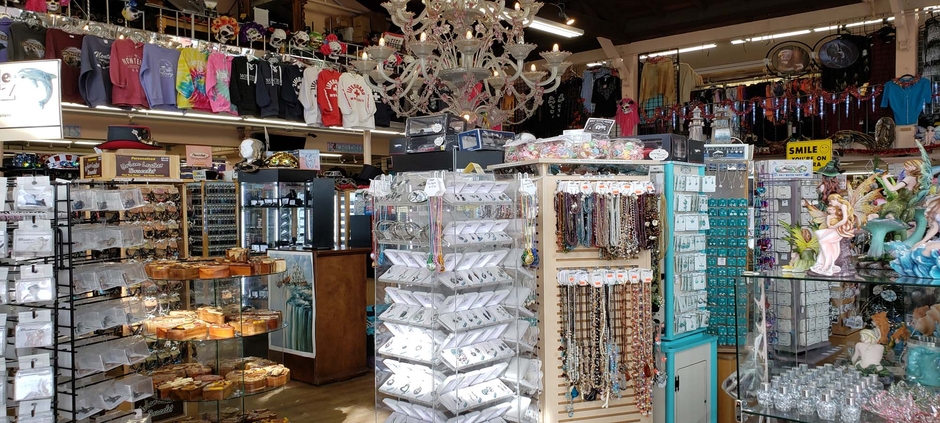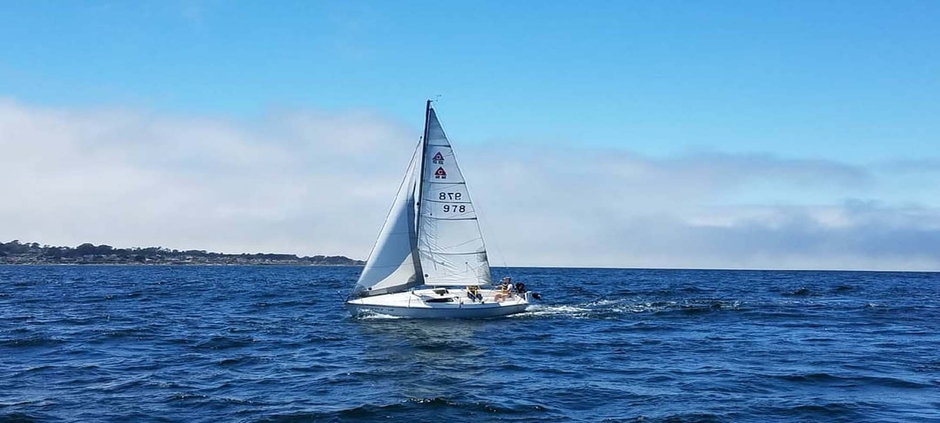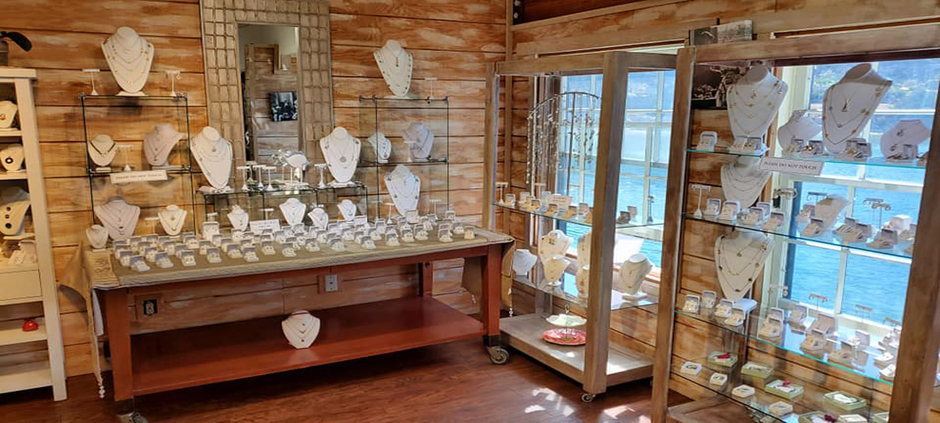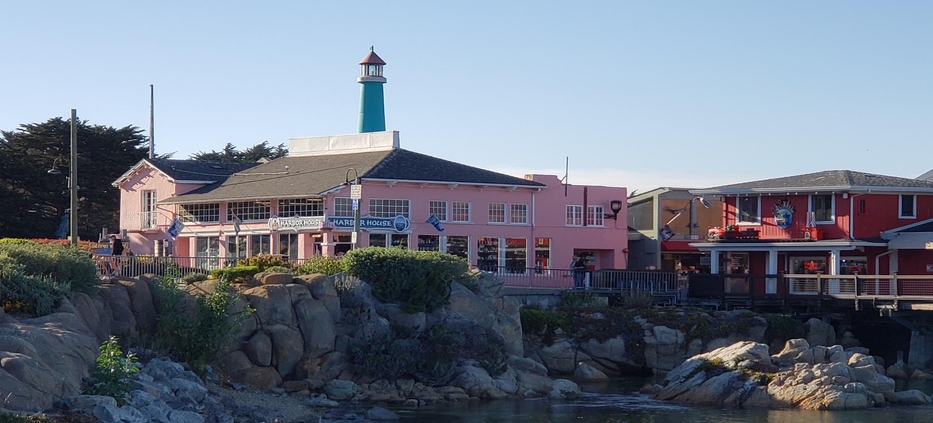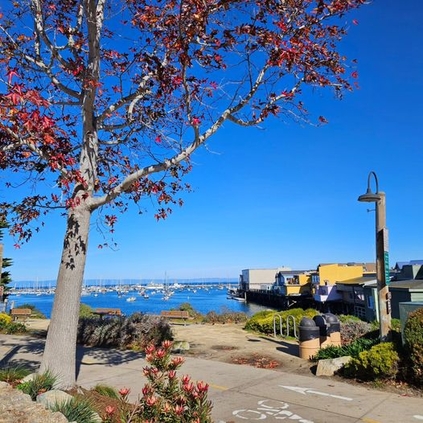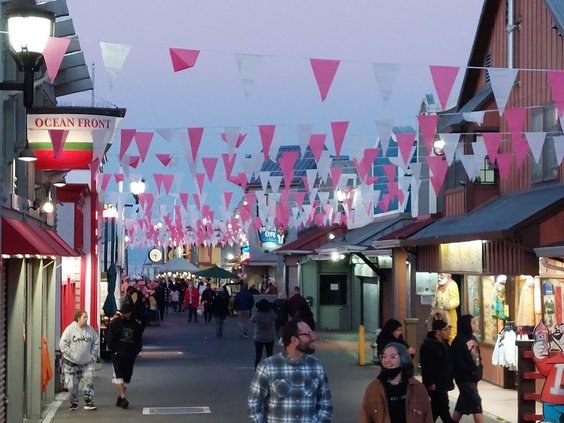Largest Ever Jo Mora Cartes Exhibit at adjacent Stanton Center
Event Date:Jan 4 - Aug 31, 2025 at 12:00 PM - 4:00 PM
Location:
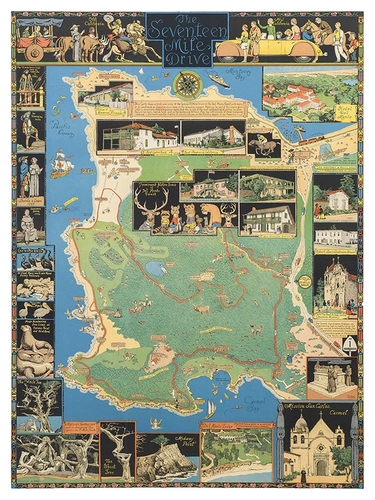
Largest Ever Exhibit of Iconic Artist Jo Mora’s Cartes Opens at Monterey History and Art’s Stanton Center in Downtown Monterey Adjacent to Old Fisherman's Wharf
Monterey History and Art Association’s Stanton Center and Theater is pleased to unveil a new exhibit, “Jo Mora: Cartographer,” the largest collection of Jo Mora’s Cartes ever displayed. Twenty-two cartes created by beloved artist Joseph Jacinto Mora (1876-1947) are now on display, including Mora’s “Seventeen Mile” carte, which has recently been re-dated to 1935. Highlights of this exhibit, curated by MHAA Board Member, Scott Gale, in association with Jo Mora expert, Peter Hiller and historian Neil Hoteling, also include four versions of the carte, “Evolution of the Cowboy,” and three versions of the “Yosemite” carte (black and white and two color). The exhibit will run through August 31, 2025.
For children, a Scavenger Hunt sheet can be obtained at the Stanton Center reception desk. The Scavenger Hunt asks kids to find mermaids, a giant pumpkin and other fun images in the cartes. Kids who compete in the Scavenger Hunt will receive a prize.
There is also a Bounty of the Sea exhibit that provides a fascinating look at the tradition of fishing on the Monterey Bay as well as other exhibits.
The Stanton Center is located at 5 Custom House Plaza adjacent to Old Fisherman’s Wharf. Museum with adjacent parking in the Waterfront Parking Lot. Museum hours are currently Wednesday – Monday from Noon to 4:00 pm. Admission is $10 for adults. It is free for youth under 18 with a paid adult admission. It is $8 for seniors/military. Admission is free for Monterey History and Art Association members.
Gary Spradlin, President of the Board of Directors of the Monterey History and Art Association explains, “We are so pleased to offer this exclusive exhibit featuring a definite look at twenty-two Jo Mora cartes. Mora’s cartes shed a truly fascinating light on our past on the Monterey Peninsula and beyond. All ages will find something interesting to learn when viewing his Cartes currently on display. We are grateful to the generosity of Susan and Dennis Mar who gifted us many additional Jo Mora works that we can now share with the world.”
The Monterey History and Art Association hosts the largest collection of Mora’s artwork available for public viewing. Home to several exhibitions of Jo Mora’s artwork, the Monterey History and Art Association had a deep relationship with the Mora family and acquired an impressive representation of his paintings, drawings, cartes, prints, and bronze sculptures that remain at the Stanton Center and the Monterey History and Art Association’s Casa Serrano on Pacific Street, available for viewing by the public.
The Monterey History and Art Association is also planning a comprehensive Jo Mora Gathering and Symposium with many special activities on October 5-6, 2025, with more details to come. The Symposium at the Stanton Theater will have limited space and Monterey History and Art Association members will have the first opportunity to purchase tickets. For more information and to become a member of the Monterey History and Art Association, go to www.montereyhistory.org or call (831) 372-2608.
Authorized reprints of a number of Jo Mora’s cartes and other works are available in the store on site at the Stanton Center and also on www.jomoracollection.org.
Newly Redated Mora’s Seventeen Mile Drive Carte
For decades, Jo Mora’s Seventeen Mile Drive carte has been dated to 1927 – one year after Mora created the Monterey Peninsula carte. Stylistically, the two cartes look different. And, for various reasons, it wouldn’t make much sense for Del Monte Properties to commission two similar cartes one year apart. No copyright, contractual, or archival evidence exists to date the carte.
During preparations for the carte show at The Stanton Center, Monterey History and Art Association Board Member, Scott Gale, worked closely with Neal Hotelling, historian for Pebble Beach Company. Neal identified several items in the Seventeen Mile Drive carte that did not exist in 1927. The most obvious item is the Highway 1 sign toward the bottom right. The first numbered California State Route sign ever was placed on Carmel Hill for Highway 1 on September 10, 1934. Mora placed his Highway 1 sign in this precise location. Either Mora could see the future, or the carte was created after that sign was placed.
Based on these and other considerations, the Monterey History and Art Association is highly confident that the Seventeen Mile Drive carte was created in 1935. They continue to search for definitive proof as to precisely when Mora created the carte.
About Jo Mora
Joseph Jacinto Mora was born in Uruguay on October 22, 1876, to an artistic family. His father, Domingo, was a sculptor, his brother Luis, a classical painter. His family moved to the United States when Mora as a child, and took up residence in the Boston area, where he attended art school.
He began working as an illustrator and cartoonist in 1897 with the Boston Herald on “general assignments and sporting pictures.” Over the next few years, he created comic strips for the Boston Herald, and covered the Boston area creating illustrations for news stories. In 1903, he traveled the Western United States including the California Mission Trail, and then lived among the Hopi and Navajo Native American tribes for several years.
In 1907, he married and moved to Mountain View, California, where he lived, started a family and worked before moving to the Carmel area for the rest of his adult life, where he continued to create art in a variety of media. In the San Francisco Bay area, he created decorative elements for many prominent buildings in the city which remain today. Mora's work in public places also includes murals in Oakland and Pacific Grove, sculptures in San Rafael and Golden Gate Park and other building elements in Salinas, King City and Los Angeles and many others.
About the Monterey History and Art Association
The Monterey History and Art Association is dedicated to sharing the histories and the diverse legacies of people, stories, and places that continue to shape Monterey. From its founding in 1931, the Monterey History and Art Association’s primary mission has been to help preserve the irreplaceable reminders of Monterey’s colorful heritage. Over the past seven decades, the Association has worked closely with the City of Monterey, the California Department of Parks and Recreation, the National Trust for Historic Preservation, and other agencies. As a result, more old adobes have been preserved and restored in Monterey than anywhere else in California.
The Association instituted Monterey’s historic landmark program and created the Path of History which guides visitors to historic sites in old Monterey. It possesses extensive collections of furnishings, paintings, photographs, costumes, books, manuscripts, and other artifacts. Use the links below to explore Monterey History and Art Association properties and web resources:
Casa Serrano – An 1843 Adobe
Doud House – An 1868 wooden frame house
Mayo Hayes O’Donnell Library – An 1876 church now used as a library–website includes images and documents from the collection
Stanton Center – Now featuring Bounty of the Bay, an exhibition by the Italian Heritage Society, and the art of Jo Mora, Paul Whitman, Armin Hansen, and Salvador Dali.
Jo Mora Collection – Preserving and honoring the legacy of artist Jo Mora
Monterey History and Art Association Indexes – Indexes and full text of Noticias del Puerto de Monterey issues and Peninsula Diary columns
Interactive Map – Explore and engage with the history of Monterey. Created by CSUMB student Hanna Sobonya. More information.
The Monterey History and Art Association has been a guiding force in Monterey’s vital historic stewardship. The guarding of Monterey’s precious community assets and the preservation and presentation of its historical heritage for future enjoyment has been made possible by citizens who care and give generously of their time and resources.
